Leif Peng: So I see on your website that you were born in Portland, Oregon in 1931 and you already had your ambitions fixed on becoming an artist while you were in grade school.
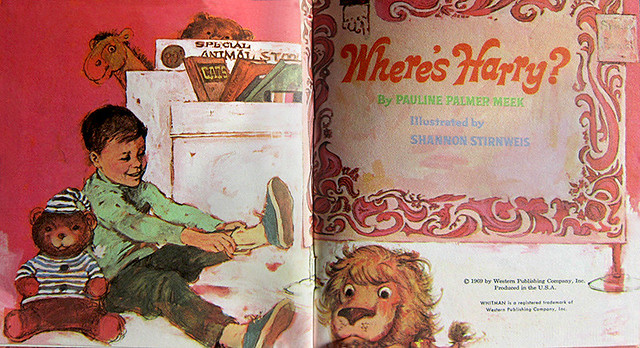
Shannon Stirnweis: Well, actually... it was kind of a military time, you know, being the beginning of WWII and I kind of couldn't decide between trying to go to Westpoint and trying to be an artist (or as they would say back then a 'commercial artist'). Then about the seventh or eighth grade I found out that I didn't have 20/20 vision which knocked me out of being an army officer. So I went the other way.
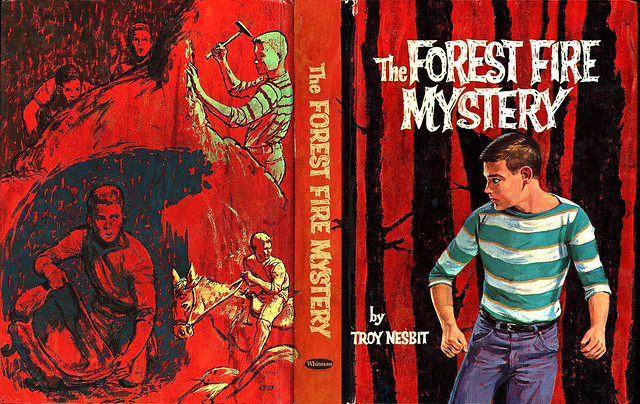
LP: Where were you seeing visual material that spurred your interest in drawing when you were a kid? Stuff like comic books, for example?
SS: Comic books hardly existed in my day. I can remember this kid down the street showing me these tremendous drawings he'd discovered... it was the first issue of Superman comics. Of course Hal Foster was doing drawings in the newspaper [comics], which we looked at. But no, I think I drew not trying to emulate anybody in particular, but I was encouraged by my family because they'd give me a couple of cents - or even a nickel or a dime - and I'd turn out the drawings. (Shannon chuckles)

SS: It was encouraged in the schools too... I remember in the seventh or eighth grade they had a competition to attend summer classes with the head of the education department at that time. I submitted my portfolio and got in and got to spend time with a lot of the other talented kids from the other schools, so my interest in drawing just sort of developed. Portland was relatively speaking sort of a backwater in the art world in those days, but I'd got an adult library card early and read all the books in the art section of the central library so by the time I was looking for an art college to attend, I'd developed a background of sorts.
LP: So you'd be looking at the lessons in these art books from the library and doing drawings based on that?
SS: Yeah, George Bridgman and so on. A lot of it was sort of obsolete, but still... probably the most pivotal book for me was Andrew Loomis' "Creative Illustration." And "Forty Illustrators and How They Work."

LP: You said your family encouraged you to draw, but do you think they had a sense that you might be able to make a living drawing when you grew up?
SS: Well, I remember this conversation I had with my grandmother when I was about fourteen. I told her that I wanted to be an artist when I grew up and she said, "There's a lot of good jobs in printing you know." (we both laugh)
LP: Grandmothers are very practical that way.
SS: Yes.
LP: So they were encouraging but they didn't necessarily think this was going to be something Shannon's going to make a good living at.
SS: Well, I was always a good student. I was sixth in my class of five hundred in high school. So my mother and my aunt insisted that I go to the University of Oregon for a year. So I did that... for a year. But I then immediately switched to Art Center College.
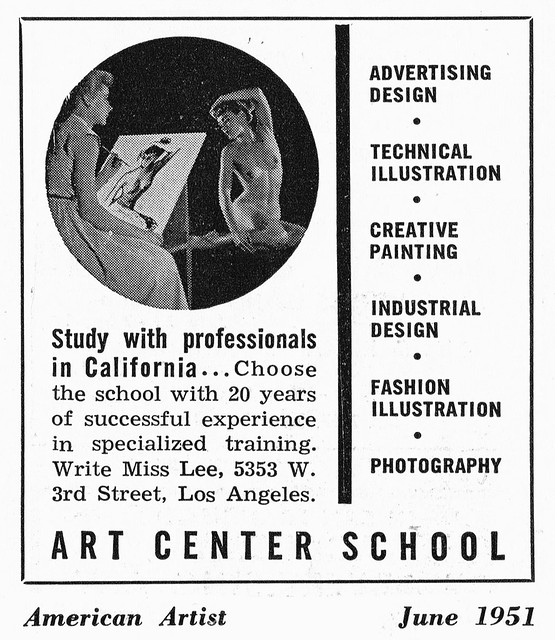
LP: So when you arrived at Art Center and suddenly you're completely immersed in an environment with other talented students... how did you feel?
SS: I felt like I was in the right place. But I didn't know how long I would last. At the time Art Center was filled almost entirely with WWII vets... and they were all so good, they scared the heck out of me! (we chuckle) One other kid had high school art and I had one year of college, but that didn't really mean much there. But I'll tell you, it was a very formative experience.
LP: I assume you had some excellent instructors at Art Center.
SS: Oh yeah. There was Stanley Reckless who was a drawing instructor and I think he owned part of the school.
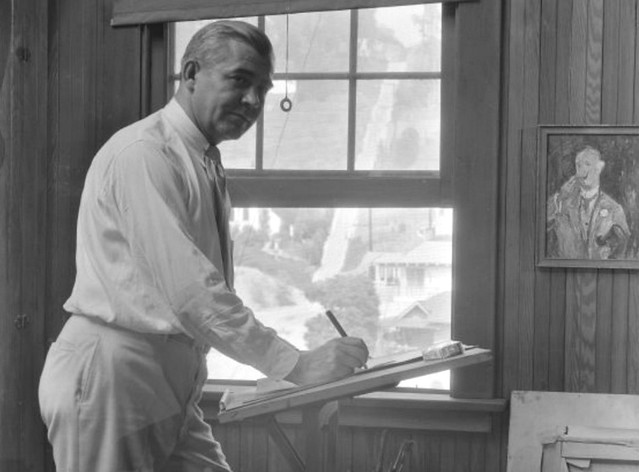
SS: I had Reynold Brown, who was a very capable guy. I got to know him quite well. We used to eat lunch together. He was a very good painter. And I took some classes at the Chouinard Art Institute which was nearby, and I had Pruett Carter there.
LP: Wow!
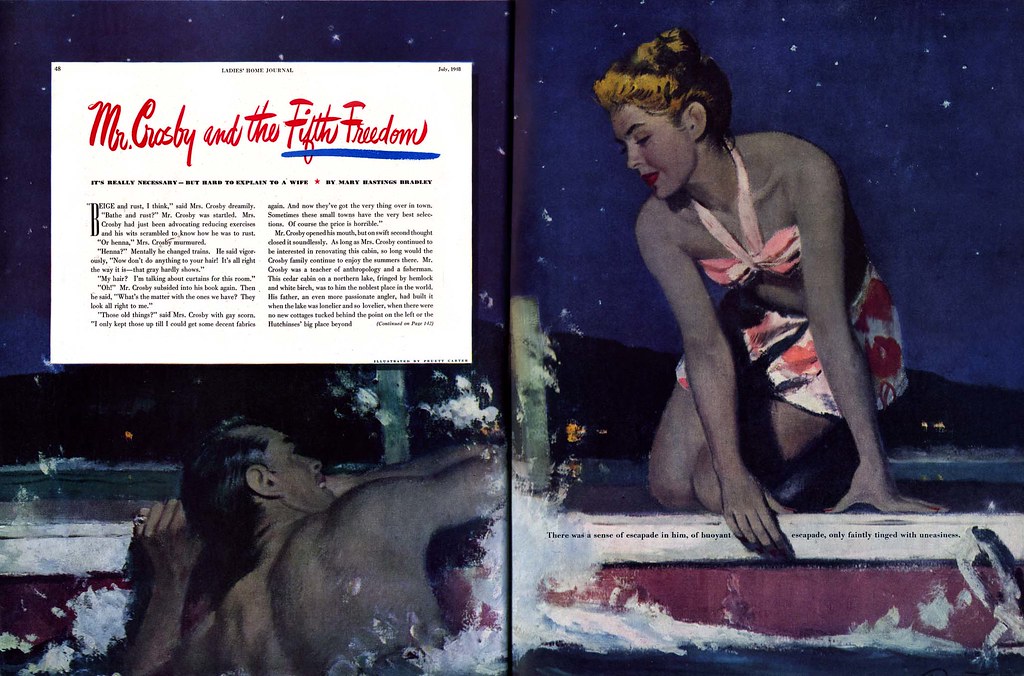
SS: So I graduated in 1954 but I was immediately drafted. So I spent two years in the army in Germany, then when I came back they gave me the G.I. Bill so I figured I might as well get a little brush up. So I went back for two semesters and I had John LaGatta. He was a big name, but he was a terrible instructor. You'd put one line down and he'd come by and tell you it was wrong. (we both laugh) He never said why it was wrong or how to fix it... oh, he was not much fun that one semester.
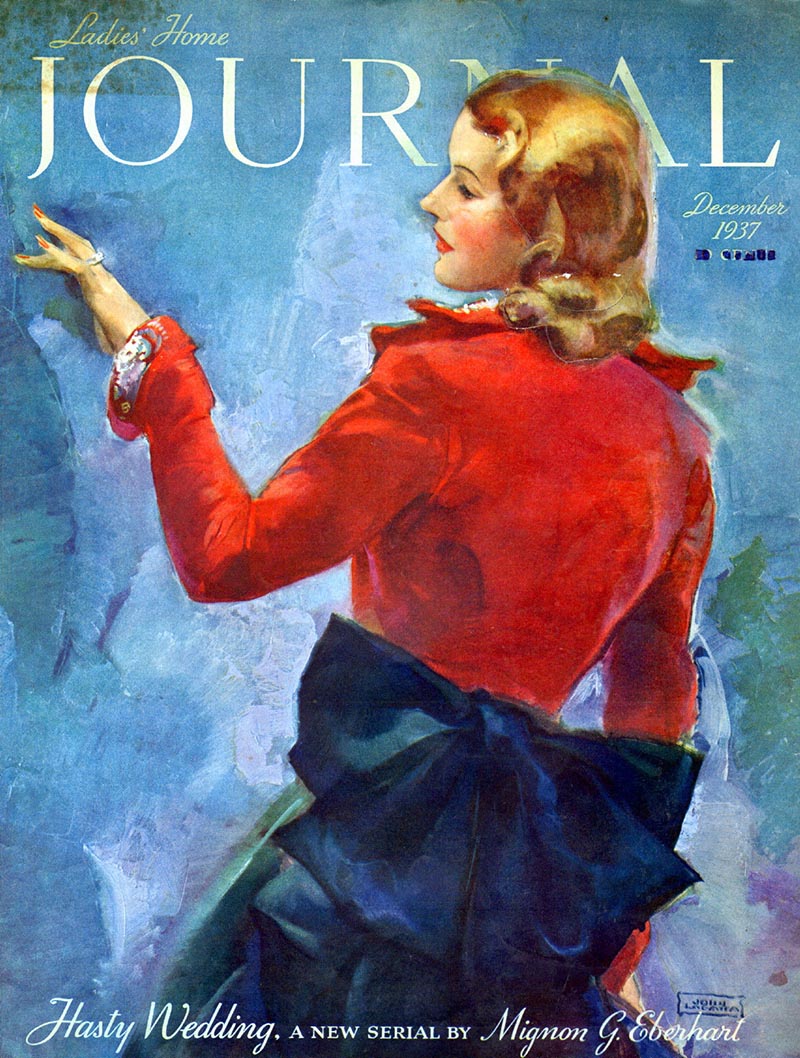
SS: And I had Joseph Henninger, and I think that was about it for the name instructors.
LP: Oh yeah, Joe Henninger shared a studio with Ren Wicks, didn't he?
SS: Ren Wicks, yeah. I showed my portfolio to both of them when I left school.

LP: And what did they say?
SS: Oh, haha... Henninger said, "You never changed that head the way I told you to." (we laugh) It was a pretty girl and I thought it was one of the best heads I ever painted! Ren Wicks was very flattering and very nice.
LP: Well, that's great! Wow, how amazing that you came in contact with some of the huge names in the illustration business.
SS: Oh, and Neil Boyle was in one of my starting classes, but then he went away and went to Chouinard and he really shone there. He was not particularly a star at Art Center before he left. He was a Canadian too, did you know that?
LP: You know I may have known that - I've done some writing on Boyle but I can't recall at the moment if I knew that.
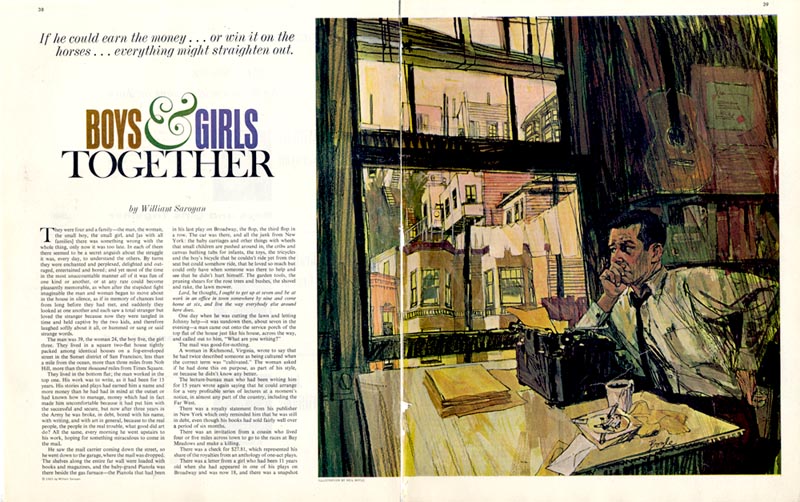
SS: Yeah, he went back home for, I think, just the summer semester and then he came back and they gave him a lot of flack, which they did sometimes at Art Center. So he decided the heck with this and he went to Chouinard and came out great!
LP: Now, backing up a bit to when you were drafted and went to Germany, did the army take advantage of your artistic abilities or did they have you peeling potatoes and standing guard and stuff like that?
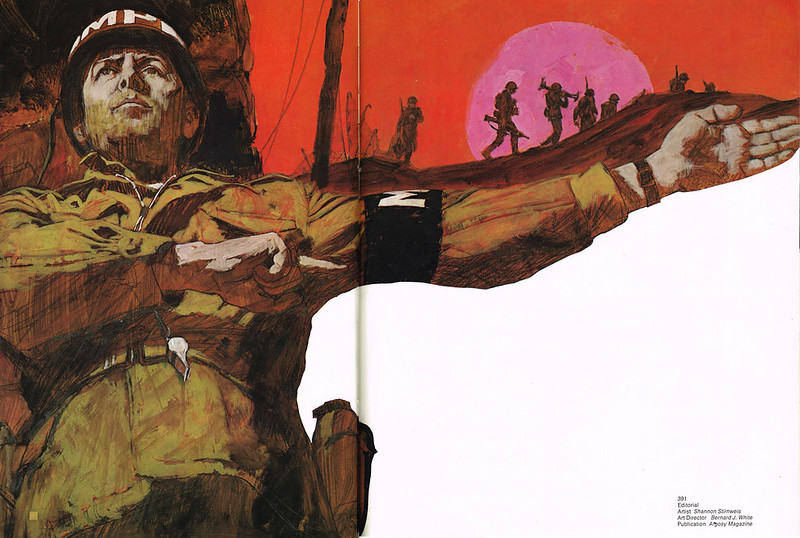
SS: Well I had my portfolio with me when I went over, just a little four by five booklet, and I'd show it and they'd just lost a guy who painted the signs and so on. So I naturally wanted the job and they gave it to me. I was an ammunitions supply specialist, but they had me paint signs and so on and in my spare time I'd paint portraits of the officers and enlisted men for about fifty dollars a head. I think I painted thirty-five or forty portraits.
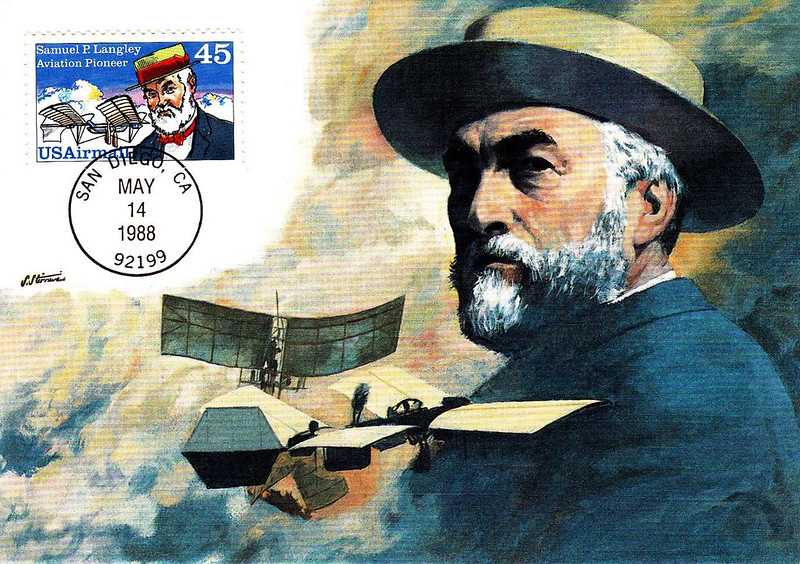
LP: Your bio says that you had the opportunity to visit a lot of art museums while you were there. What was that like?
SS: I'd never really been exposed to that much art before. I'd been stationed in the Aberdeen Proving Grounds in my training and got up to New York and to the Museum of Modern Art, so I'd seen a little bit of that stuff. But on my last leave in Germany I had twenty one days and I went by myself by train from Zweibrücken to Heidelberg to Switzerland, down to Rome and back up to Venice, up to Copenhagen and down to Paris and then back to Zweibrücken. So in twenty-one days I think I saw almost that many museums.
LP: I can imagine that must have been overwhelming.
SS: Yeah, it was staggering. It was too much. On the other hand, I had no alternative. I wasn't going to be there forever and that was my chance.
Continued tomorrow...
No comments:
Post a Comment